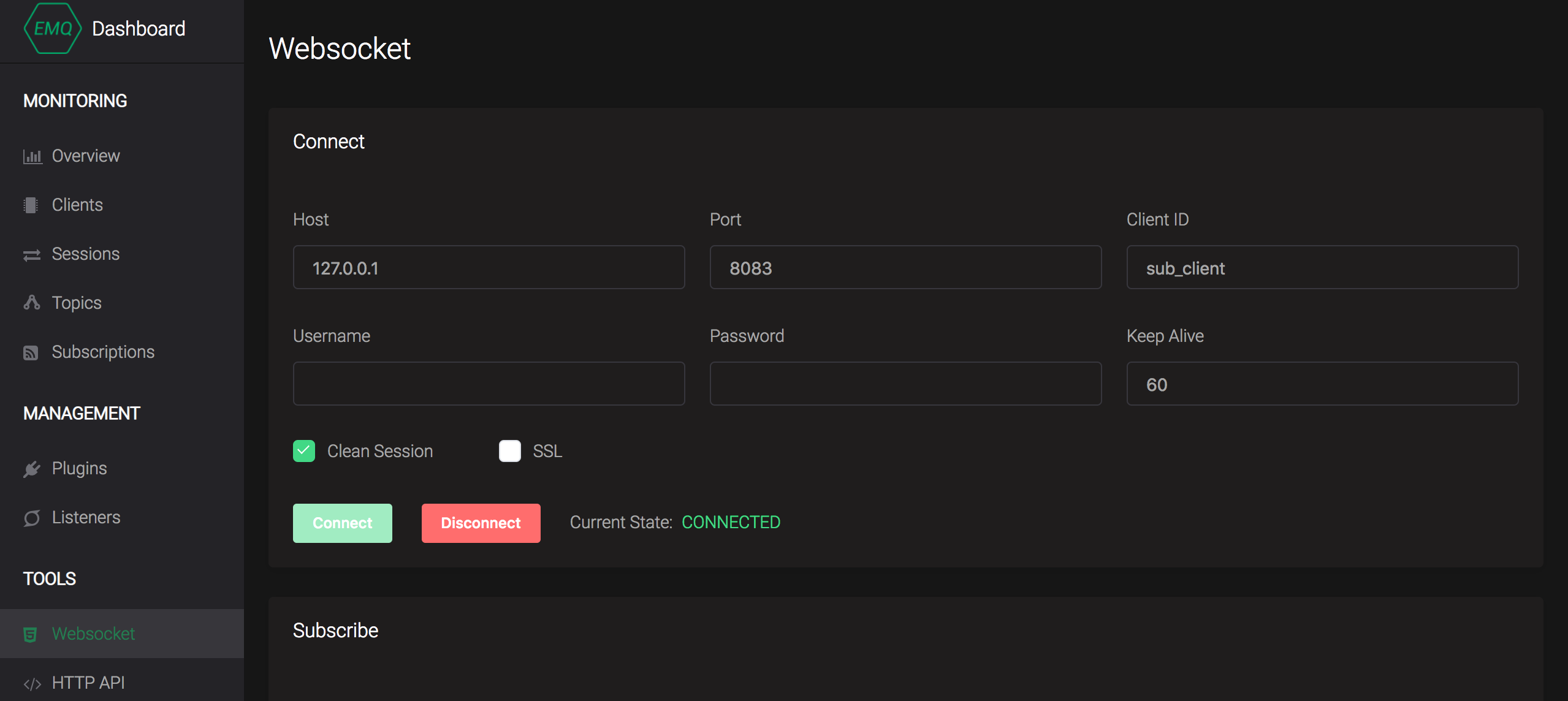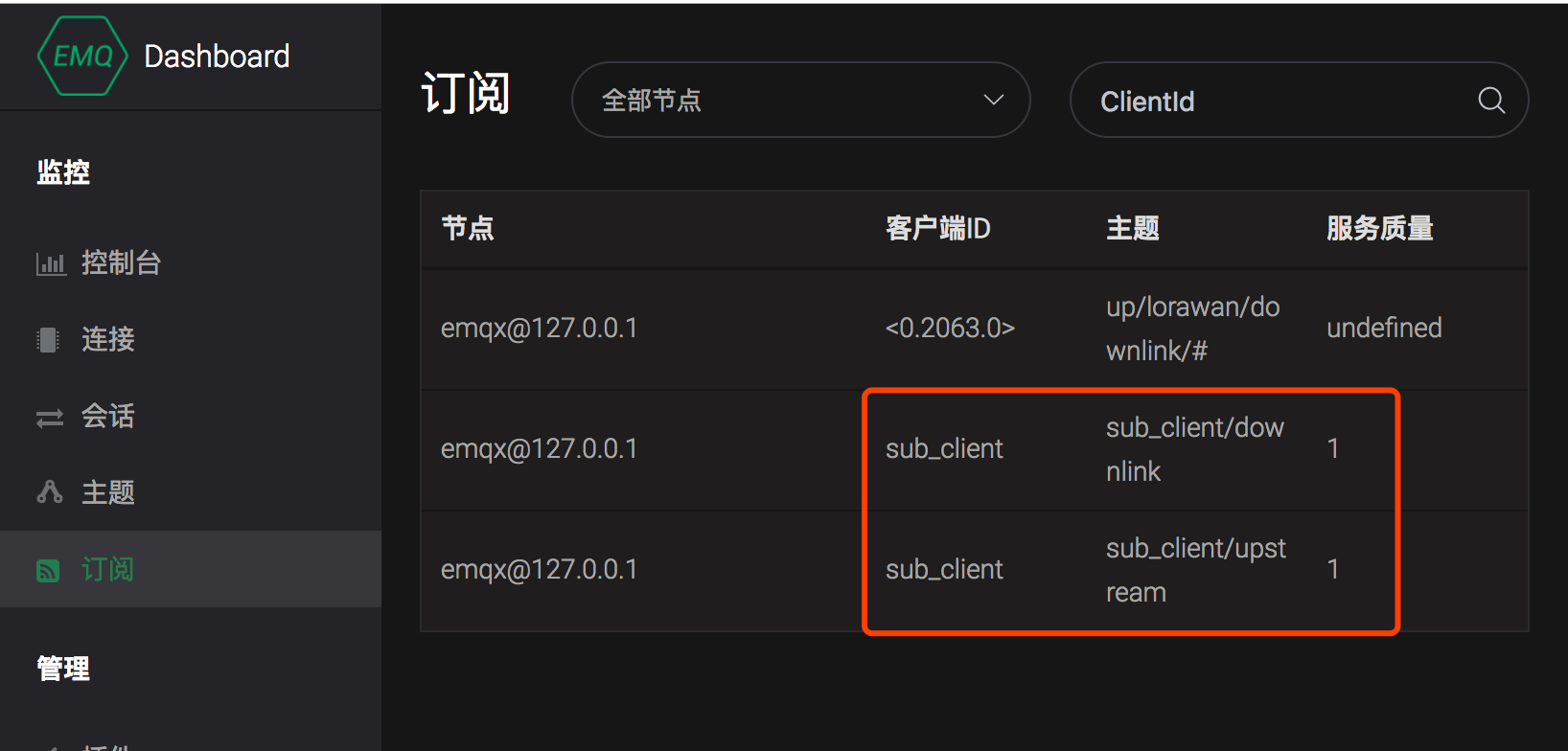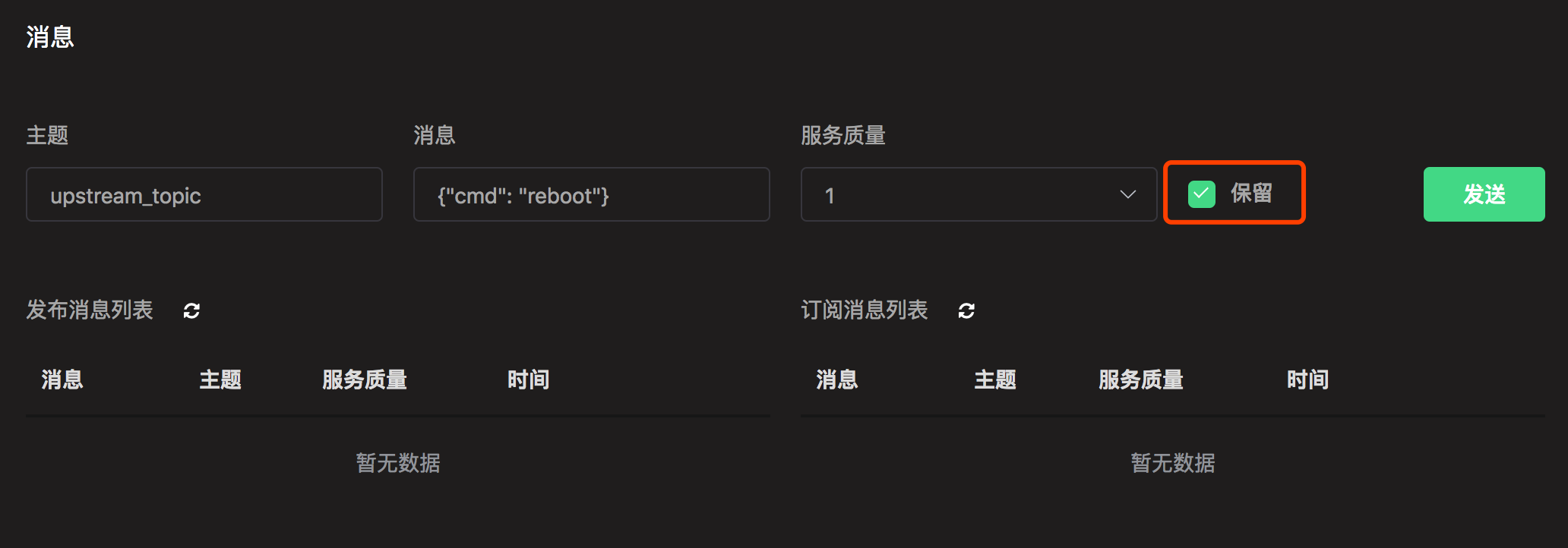This chapter uses the actual example in CentOS 7.2 to show how to store relevant information through PostgreSQL.
As an important member of the open-source relational database, PostgreSQL boasts that it is the most advanced open-source database in the world. Compared with other open-source relational databases such as MySQL, PostgreSQL is a community driven open-source project, which is maintained by more than 1000 contributors around the world. PostgreSQL provides a single full-featured version, unlike MySQL, which provides multiple different community, commercial and enterprise versions. PostgreSQL is based on a free BSD/MIT license. Organizations can use, copy, modify, and redistribute code by providing a copyright notice.
PostgreSQL has many features, and it has more support in the field of GIS. Its "no lock" feature is very prominent. It supports function and conditional index, and has a mature clustering scheme. PostgreSQL also has powerful SQL programming capabilities such as statistical functions and statistical syntax support. Through Timescaledb plug-in, PostgreSQL can be transformed into Timescaledb, a time series database with complete functions.
Function overview
- Client online status storage
- Client agent subscription
- Persistent publish message
- Retain message persistence
- Message acknowledgment persistence
- Custom SQL
Install and verify PostgreSQL server
Readers can refer to PostgreSQL Official documents or Docker To download and install PostgreSQL server, this article uses PostgreSQL version 10.1.
For the convenience of management and operation, free graphic management software can be downloaded and used Postico (MacOS only) or pgAdmin.
Configure EMQ X server
For the EMQ X installed in RPM mode, the configuration files related to PostgreSQL are located in / etc / emqx / plugins / emqx ﹐ backend ﹐ pgsql.conf. If only testing the PostgreSQL persistence function, most configurations do not need to be changed. Just fill in the user name, password and database:
backend.pgsql.pool1.server = 127.0.0.1:5432 backend.pgsql.pool1.pool_size = 8 backend.pgsql.pool1.username = root backend.pgsql.pool1.password = public backend.pgsql.pool1.database = mqtt backend.pgsql.pool1.ssl = false
Leave the rest of the configuration file unchanged, and then you need to start the plug-in. There are two ways to start plug-ins: command line and console. Readers can choose one of them.
Start from the command line
emqx_ctl plugins load emqx_backend_pgsql
Launch from admin console
On the plug-in page of the EMQ X management console, locate the emqx ﹣ backend ﹣ PgSQL plug-in and click start.
Client online status storage
When the client is online or offline, the plug-in will update the online status, online or offline time, and node client list to the PostgreSQL database.
Data sheet
Create the mqtt? Client device online status table:
CREATE TABLE mqtt_client( id SERIAL primary key, clientid character varying(100), state integer, -- Online state: 0 Offline 1 Online node character varying(100), -- Access node name online_at timestamp, -- On-line time offline_at timestamp, -- Offline time created timestamp without time zone, UNIQUE (clientid) );
Configuration item
Open the configuration file and configure the Backend rule:
## hook: client.connected,client.disconnected ## action/function: on_client_connected,on_client_disconnected ## Client online and offline backend.pgsql.hook.client.connected.1 = {"action": {"function": "on_client_connected"}, "pool": "pool1"} ## Client offline backend.pgsql.hook.client.disconnected.1 = {"action": {"function": "on_client_disconnected"}, "pool": "pool1"}
Use example
The browser opens the http://127.0.0.1:18083 EMQ X management console, creates a new client connection in the tool - > websocket, specifies the client ID as the sub ﹣ client, and then clicks the connection. After the connection is successful, manually disconnect:

View the mqtt ﹣ client table, and a client up / down line record will be written / updated:

Client agent subscription
When the client goes online, the enclosure directly reads the preset to be subscribed list from the database, and the agent loads the subscription topic. In the scenario that the client needs to communicate (receive messages) through a predetermined topic, the application can set / change the proxy subscription list from the data level.
Data sheet
To create a mqtt sub agent subscription relationship table:
CREATE TABLE mqtt_sub( id SERIAL primary key, clientid character varying(100), topic character varying(200), -- topic qos integer, -- QoS created timestamp without time zone, UNIQUE (clientid, topic) );
Configuration item
Open the configuration file and configure the Backend rule:
## hook: client.connected ## action/function: on_subscribe_lookup backend.pgsql.hook.client.connected.2 = {"action": {"function": "on_subscribe_lookup"}, "pool": "pool1"}
Use example
When a sub client device goes online, it needs to subscribe to two QoS 1 topics: sub client / upstream and sub client / downlink:
- Initialize the insertion agent subscription topic information in the mqtt sub table:
insert into mqtt_sub(clientid, topic, qos) values('sub_client', 'sub_client/upstream', 1); insert into mqtt_sub(clientid, topic, qos) values('sub_client', 'sub_client/downlink', 1);
- On the WebSocket page of the EMQ X management console, create a new client connection with the client sub client and switch to the subscription page. It can be seen that the current client automatically subscribes to two QoS 1 topics: sub client / upstream and sub client / downlink:

- Switch back to the WebSocket page of the management console, publish messages to the sub ﹣ client / downlink topic, and receive the published messages in the message subscription list.
Persistent publish message
Data sheet
Create mqtt ﹣ MSG mqtt message persistence table:
CREATE TABLE mqtt_msg ( id SERIAL primary key, msgid character varying(60), sender character varying(100), -- news pub Of clientid topic character varying(200), qos integer, retain integer, -- Whether retain news payload text, arrived timestamp without time zone -- Message arrival time(QoS > 0) );
Configuration item
Open the configuration file, configure the Backend rule, and support message filtering with the topic parameter. Here, use the wildcard to store any topic message:
## hook: message.publish ## action/function: on_message_publish backend.pgsql.hook.message.publish.1 = {"topic": "#", "action": {"function": "on_message_publish"}, "pool": "pool1"}
Use example
On the WebSocket page of the EMQ X management console, use clientdi sub client to establish a connection and publish multiple messages to the topic upstream topic. EMQ X persists the message list to the mqtt MSG table:

For the moment, only message persistence of QoS 1 2 is supported.
Retain message persistence
Table structure
Create mqtt ﹣ retain retain message storage table:
CREATE TABLE mqtt_retain( id SERIAL primary key, topic character varying(200), msgid character varying(60), sender character varying(100), qos integer, payload text, arrived timestamp without time zone, UNIQUE (topic) );
Configuration item
Open the configuration file and configure the Backend rule:
## At the same time, open the following rules to enable retain persistence for three lifecycles ## When publishing a non empty retain message (store) backend.pgsql.hook.message.publish.2 = {"topic": "#", "action": {"function": "on_message_retain"}, "pool": "pool1"} ## Querying the retain message when the device subscribes to a topic backend.pgsql.hook.session.subscribed.2 = {"topic": "#", "action": {"function": "on_retain_lookup"}, "pool": "pool1"} ## When publishing an empty retain message (clear) backend.pgsql.hook.message.publish.3 = {"topic": "#", "action": {"function": "on_retain_delete"}, "pool": "pool1"}
Use example
After the connection is established in WebSocket page of EMQ X management console, issue the message and check keep:

Publish (message is not empty)
When a non empty retain message is published, EMQ X will use topic as the unique key to persist the message to the mqtt'retain table. Different retain messages will be published under the same topic, and only the last message will be persisted:

Subscribe
After the client subscribes to the retain topic, EMQ X will query the mqtt ﹣ retain data table and perform the operation of delivering the retain message.
Publish (message is empty)
In MQTT protocol, publishing an empty retain message will empty the retain record, which will be deleted from the mqtt_retain table.
Message acknowledgment persistence
After the message acknowledgment (ACK) persistence is turned on, when the client subscribes to QoS 1 and QoS 2 level topics, EMQ X will initialize the ACK record in the database with the unique key of clientid + topic.
Data sheet
Create the mqtt acked message confirmation table:
CREATE TABLE mqtt_acked ( id SERIAL primary key, clientid character varying(100), topic character varying(100), mid integer, created timestamp without time zone, UNIQUE (clientid, topic) );
Configuration item
Open the configuration file, configure the Backend rule, and use the topic wildcard to filter the messages to be applied:
## Initialize ACK record on subscription backend.pgsql.hook.session.subscribed.1 = {"topic": "#", "action": {"function": "on_message_fetch"}, "pool": "pool1"} ## Update arrival status when message arrives backend.pgsql.hook.message.acked.1 = {"topic": "#", "action": {"function": "on_message_acked"}, "pool": "pool1"} ## Delete record lines on unsubscribe backend.pgsql.hook.session.unsubscribed.1= {"topic": "#", "action": {"sql": ["delete from mqtt_acked where clientid = ${clientid} and topic = ${topic}"]}, "pool": "pool1"}
Use example
After the connection is established in WebSocket page of EMQ X management console, subscribe to the topic with QoS > 0:

At this time, the mqtt_acked table will insert the initialization data row. Each time a message with QoS > 0 is published to the subject, the data row mid will increase by 1 automatically after the message arrives:

The topic with QoS > 0 in the proxy subscription will also initialize the record, and the relevant record will be deleted after the client cancels the subscription.
Custom SQL
In addition to plug-in built-in functions and table structures, emqx ﹣ backend ﹣ PgSQL also supports user-defined SQL statements. Through using template syntax such as ${clientid} to dynamically construct SQL statements, such as client connection history, update user-defined data tables and other operations can be realized.
SQL statement parameter description
| hook | Available parameters | Example (in sql statement, ${name} represents the parameters that can be obtained) |
|---|---|---|
| client.connected | clientid | insert into conn(clientid) values(${clientid}) |
| client.disconnected | clientid | insert into disconn(clientid) values(${clientid}) |
| session.subscribed | clientid, topic, qos | insert into sub(topic, qos) values(${topic}, ${qos}) |
| session.unsubscribed | clientid, topic | delete from sub where topic = ${topic} |
| message.publish | msgid, topic, payload, qos, clientid | insert into msg(msgid, topic) values(${msgid}, ${topic}) |
| message.acked | msgid, topic, clientid | insert into ack(msgid, topic) values(${msgid}, ${topic}) |
| message.delivered | msgid, topic, clientid | insert into delivered(msgid, topic) values(${msgid}, ${topic}) |
Update custom data representation example
Using the existing equipment table clients, which has basic fields such as equipment connection authentication, equipment status record, and equipment management for other management services, now it is necessary to synchronize the EMQ X equipment status to this table:
CREATE TABLE "public"."clients" ( "id" serial, "deviceUsername" varchar(50), -- MQTT username "client_id" varchar(50), -- MQTT client_id "password" varchar(50), -- MQTT password "is_super" boolean DEFAULT 'false', -- Whether ACL super Client "owner" int, -- Create user "productID" int, -- Products belonging to them "state" boolean DEFAULT 'false', -- Online state PRIMARY KEY ("id") ); -- The sample data already exists in the initialization system state by false INSERT INTO "public"."clients"("deviceUsername", "client_id", "password", "is_super", "owner", "productID", "state") VALUES('mqtt_10c61f1a1f47', 'mqtt_10c61f1a1f47', '9336EBF25087D91C818EE6E9EC29F8C1', TRUE, 1, 21, FALSE);
Custom UPDATE SQL statement:
## Configure custom UPDATE SQL in connected / disconnected hook ## You can configure multiple SQL statements "SQL": ["SQL a", "SQL B", "SQL C"] ## Connection time backend.pgsql.hook.client.connected.3 = {"action": {"sql": ["update clients set state = true where client_id = ${clientid}"]}, "pool": "pool1"} ## When disconnected backend.pgsql.hook.client.disconnected.3 = {"action": {"sql": ["update clients set state = false where client_id = ${clientid}"]}, "pool": "pool1"}
When the client goes online, it will fill in and execute the scheduled SQL state ment, and update the status field of the device online to true:

Advanced options
backend.pgsql.time_range = 5s backend.pgsql.max_returned_count = 500
summary
After understanding the data structure stored in PostgreSQL and user-defined SQL, readers can expand relevant applications in combination with PostgreSQL.
For more information, please visit our website emqx.io , or focus on our open source projects github.com/emqx/emqx , please visit Official documents.